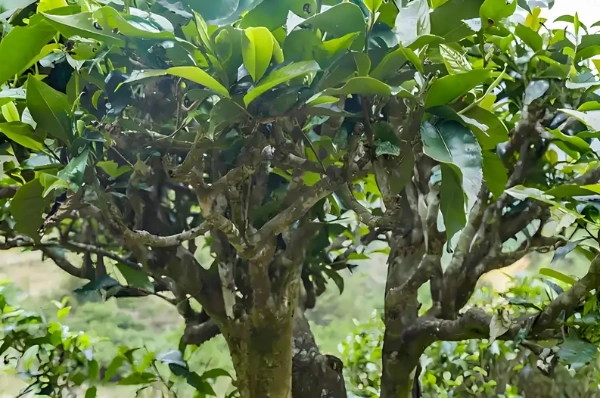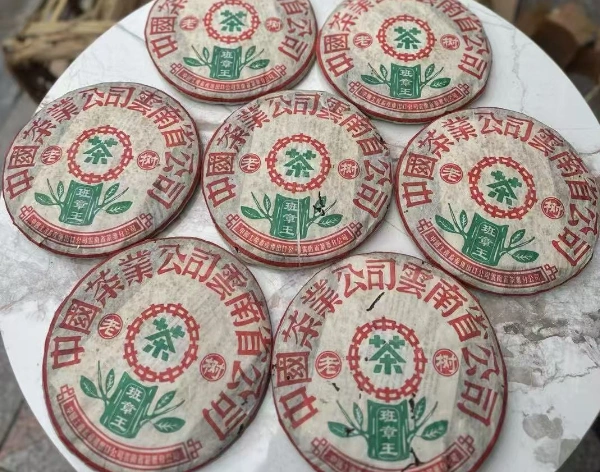Pu Erh tea brewing guide transforms humble leaves into an enchanting ritual that engages all your senses. Imagine crisp mountain air swirling with earthy notes as you lift a warm cup to your lips—each sip unfolds layers of woody smoke, sweet fruit, and velvety depth.
Whether you’re seeking how to brew pu erh tea properly, a simplified pu erh tea for beginners ritual, or fine‑tuning pu erh tea brewing temperature, this guide will walk you through every step. You’ll gain confidence brewing both raw (sheng) and ripe (shou) pu erh, learn to spot and fix common mistakes, and discover creative pairings that elevate your tea moments from ordinary to transcendent.
1. Understanding Pu Erh Tea: Types & Aging
Before diving into techniques, know your tea. Pu erh comes in two primary styles:
- Raw Pu Erh (Sheng): Fresh, grassy leaves pressed into cakes or tuo. Over years or decades, they evolve from brisk and floral to honeyed and mellow.
- Ripe Pu Erh (Shou): Undergoes a “wet piling” fermentation, producing rich, dark liquors with earthy, mushroom‑like aromas in months rather than years.
Aging impacts flavor complexity and brewing needs. Young sheng rewards lower temperatures and shorter steeps, while aged shou can withstand boiling water and deliver multiple robust infusions.

2. Essential Tools & Teaware for Beginners
Your brewing toolkit sets the stage:
- Gaiwan or Yixing Teapot: Non‑porous gaiwans suit beginners; Yixing clay deepens flavor over time.
- Fairness Pitcher (Cha Hai): Ensures even strength when decanting multiple cups.
- Small Tasting Cups: Focus on aroma and taste in each sip.
- Tea Scale & Kettle with Temperature Control: Precision in leaf weight and water temperature elevates consistency.
Investing in these basics helps you nail pu erh tea brewing guide essentials with confidence.
3. Water Quality & Pu Erh Tea Brewing Temperature
Great tea begins with water:
- Filtered or Spring Water: Avoid chlorinated or hard tap water that masks pu erh’s subtle notes.
- Temperature Guidelines:
- Raw Pu Erh: 95–100 °C (203–212 °F) to preserve delicate floral and fruit aromas.
- Ripe Pu Erh: 100 °C (212 °F) to coax out full, earthy depth.
Using a kettle with temperature control ensures you hit your target for pu erh tea brewing temperature—crucial for unlocking each tea’s character.
4. How to Brew Pu Erh Tea Properly: Leaf-to-Water Ratios
Precision starts with proportions:
- Standard Ratio: 5 g tea per 100 ml water (≈1 tsp per 2 oz).
- Adjust for Strength: Add or subtract 1 g to suit preference.
- Rinse First: A quick 5‑second rinse with hot water removes dust and “awakens” the leaves.
This approach establishes the foundation of how to brew pu erh tea properly, ensuring each infusion is balanced and flavorful.

5. Steeping Times: From First Rinse to Multiple Infusions
Pu erh shines across successive steeps:
| Infusion | Raw Pu Erh | Ripe Pu Erh |
|---|---|---|
| Rinse | 5 s | 5 s |
| 1st | 10 s | 10 s |
| 2nd | 15 s | 15 s |
| 3rd | 20 s | 20 s |
| 4th | 30 s | 30 s |
| 5th+ | +10 s each | +10 s each |
By following this pu erh tea brewing guide, you can enjoy 8–12 infusions, each revealing new aroma and taste layers.
6. Gongfu Method vs. Western Brewing: Techniques for Every Level
Gongfu Style (Chinese Traditional):
- Small gaiwan, high leaf-to-water ratio, rapid steeps.
- Emphasizes aroma—lean into the tea’s evolving perfumes.
Western-Style:
- Teapot or infuser, 1 tsp per cup, 3–5 min steep.
- Streamlined for convenience, still rewarding the full-bodied essence.
Both techniques honor how to brew pu erh tea properly, so choose based on your time, tools, and desire for ceremony.
7. Pu Erh Tea for Beginners: Simple Step‑by‑Step Ritual
New to pu erh? Try this beginner-friendly routine:
- Measure & Rinse: 5 g leaves in gaiwan, rinse 5 s.
- First Steep: Add 100 °C water, steep 10 s, pour into fairness pitcher.
- Subsequent Brews: Increase steep by 5–10 s each time, up to 8 infusions.
- Savor Mindfully: Hold the cup, inhale the aroma before sipping.
This straightforward ritual embeds pu erh tea for beginners into everyday life with ease and elegance.

🔗 To learn more about how to make tea, check out Tanbiwencha’s YouTube video explaining how to make tea.
8. Troubleshooting Common Brewing Mistakes
Avoid these pitfalls to perfect your cup:
- Water Too Hot for Raw Pu Erh: Results in bitterness—lower temp by 5 °C.
- Insufficient Rinse: Leaves can taste dusty—always pre‑wash.
- Over‑steeping: Leads to astringency—stick to timing table.
- Weak Ratio: Leaves too few or too many—return to 5 g/100 ml baseline.
Addressing these ensures your pu erh tea brewing guide delivers consistently delightful results.
9. Enhancing Flavor: Temperature Tweaks & Creative Pairings
Elevate each session by experimenting:
- Temperature Tweaks:
- Lower Temp (~95 °C) to emphasize floral top‑notes in aged raw pu erh.
- Full Boil to intensify earthy richness in ripe pu erh.
- Pairings:
- Savory: Mushroom risotto, grilled portobello—complement pu erh’s earth tones.
- Sweet: Dark chocolate, dried figs—mirror the tea’s natural sweetness.
These adjustments and pairings infuse your pu erh tea brewing guide with sensory delight.
Conclusion: Mastering Your Pu Erh Tea Brewing Guide
From sourcing the right teaware to dialing in pu erh tea brewing temperature, and mastering both Gongfu and Western methods, this pu erh tea brewing guide equips you to unlock the full magic of Yunnan’s storied brew. Embrace each step—measure, rinse, steep, sip—and let pu erh’s evolving aromas and flavors transport you on a daily journey of sensory discovery. Share your brewing triumphs, favorite infusions, and beloved pairings as you elevate every tea moment. With practice and passion, you’ll transform simple leaves into a lifelong ritual of warmth, wellness, and wonder.



